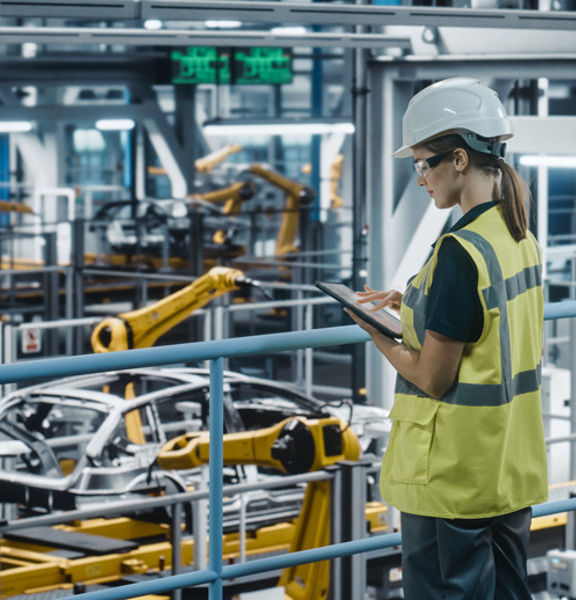Become a member
Take advantage of exclusive member benefits, world class events, networking and specialist support








 Become a member
Become a member 

24 October 2023
Construction is an industry that has a significant impact on the environment.
The production of construction materials, transportation of materials, and the energy consumption associated with building construction are just a few examples of how construction can harm the environment. However, the use of sustainable building practices, such as the use of fasteners in construction, can significantly reduce the environmental impact of construction projects. This article will discuss the role of fasteners in sustainable construction and how their use can lead to a stronger and more sustainable future.
The construction industry has been under increasing pressure to reduce its impact on the environment. Sustainable construction practices have become more prevalent, as they offer an environmentally friendly and economically viable solution to reducing the industry's impact. One such sustainable practice is the use of fasteners in construction projects. Fasteners are essential components in construction, as they connect and hold together various building materials. Their use in sustainable construction can lead to significant reductions in waste, energy consumption, and environmental impact.
Sustainable construction refers to the use of construction practices that minimize the negative impact on the environment and maximize the positive impact on social and economic factors. Sustainable construction practices consider the entire life cycle of a building, from its design and construction to its operation and eventual demolition. Sustainable construction practices aim to reduce waste, conserve resources, improve energy efficiency, and create healthy and safe buildings for occupants.
Fasteners play a crucial role in sustainable construction. They are used to connect and hold together building materials, such as wood, metal, and concrete. The use of sustainable fasteners can lead to significant reductions in material waste, energy consumption, and environmental impact.
The following are some of the most commonly used fasteners in sustainable construction:
The use of fasteners in sustainable construction offers several benefits, including:
Despite the numerous benefits of using fasteners in sustainable construction, there are also some challenges. One of the main challenges is the cost of sustainable fasteners. Sustainable fasteners can be more expensive than traditional fasteners due to the use of recycled or environmentally friendly materials. However, the long-term benefits of sustainable fasteners, such as reduced waste and energy consumption, can outweigh the initial costs.
Sustainable fastener manufacturing refers to the use of environmentally friendly practices in the production of fasteners. This includes the use of recycled materials, the reduction of waste and emissions during production, and the implementation of energy-efficient practices. Sustainable fastener manufacturing can help reduce the environmental impact of fastener production and minimize the carbon footprint of construction projects.
Fasteners play a critical role in sustainable construction, and their use can lead to significant reductions in waste, energy consumption, and environmental impact. Sustainable fasteners are made from recycled or environmentally friendly materials and can last longer than traditional fasteners, reducing the need for replacements and minimizing the carbon footprint of production and transportation. While there are some challenges to using sustainable fasteners, the long-term benefits outweigh the initial costs. The use of sustainable fasteners is a vital step towards building a stronger and more sustainable future.
What are sustainable fasteners?
Sustainable fasteners are fasteners made from recycled or environmentally friendly materials and are used in construction projects to minimize the environmental impact of building construction.
What are the benefits of using fasteners in sustainable construction?
Using fasteners in sustainable construction can reduce material waste, improve energy efficiency, and minimize environmental impact.
What are the challenges to using sustainable fasteners?
One of the main challenges is the cost of sustainable fasteners, which can be more expensive than traditional fasteners due to the use of recycled or environmentally friendly materials.
How can sustainable fastener manufacturing help minimize environmental impact?
Sustainable fastener manufacturing can help reduce the environmental impact of fastener production by using recycled materials, reducing waste and emissions during production, and implementing energy-efficient practices.
What is the role of sustainable construction practices in building a stronger future?
Sustainable construction practices can lead to significant reductions in waste, energy consumption, and environmental impact, helping to build a stronger and more sustainable future.